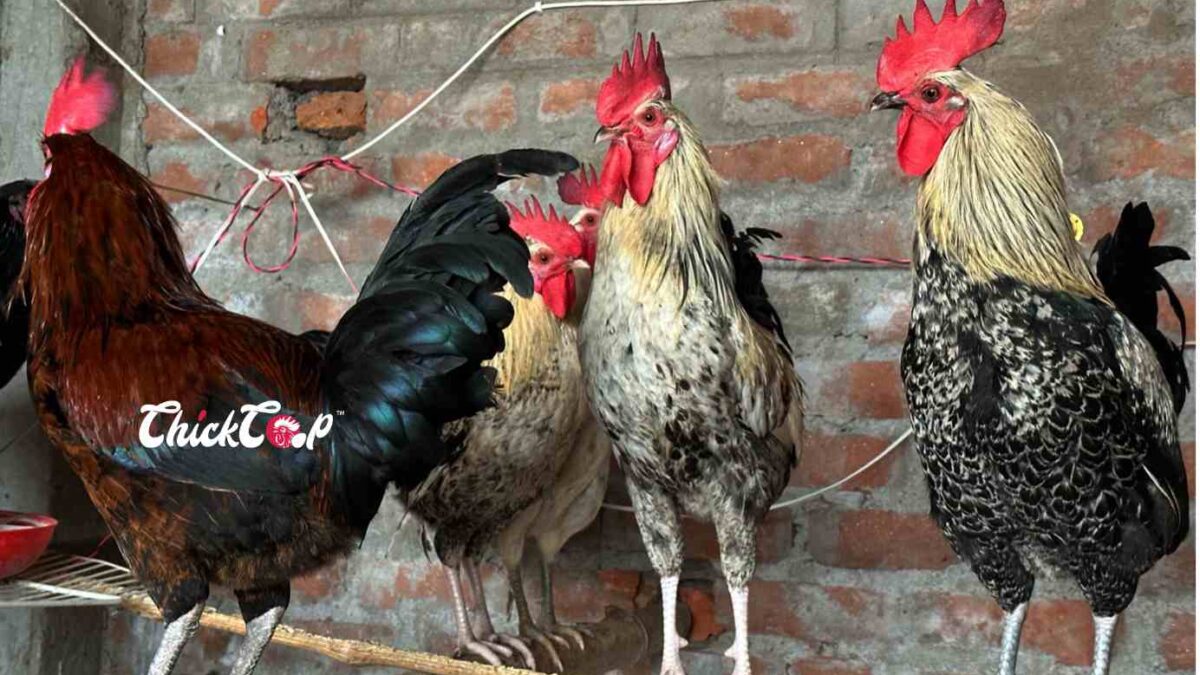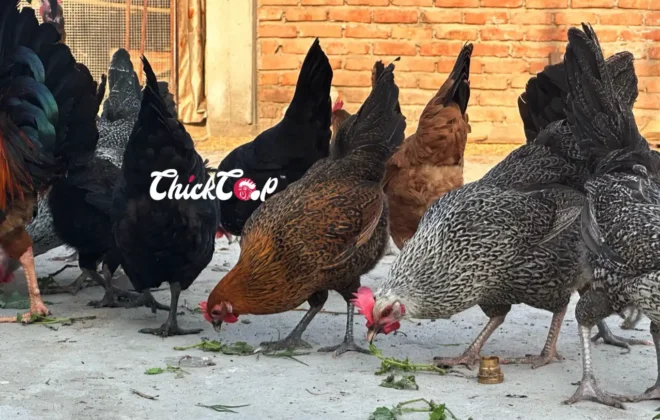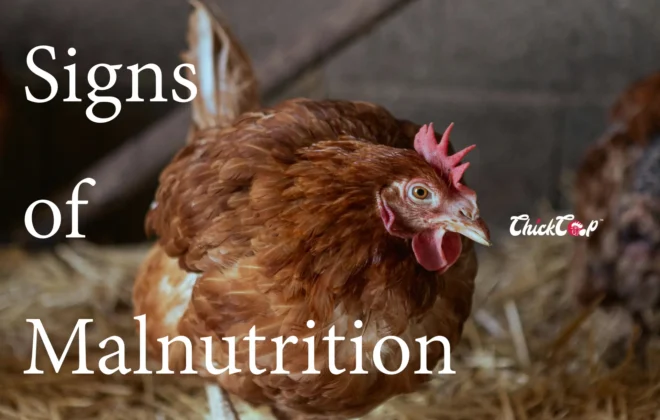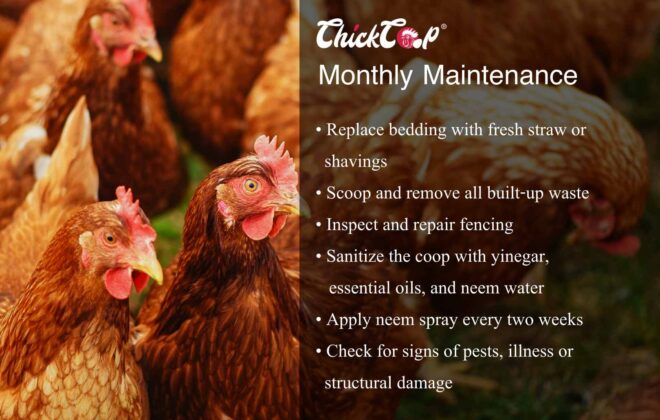
Why Do You Need to Maintain the Rooster & Hen Ratio?
Raising backyard chickens is a rewarding experience, but success doesn’t happen by accident—it requires thoughtful planning. A well-designed coop isn’t just about housing your flock; it’s about ensuring their safety, reducing stress, and creating an environment where they can thrive. When it comes to native breeds, which are often more aggressive as they mature, careful coop planning becomes even more essential. If you’re setting up your poultry farm or expanding your flock, here are key strategies to keep your chickens healthy and harmonious.
The Power of Proper Roost Placement
Conflict among roosters is a natural part of flock dynamics. In open spaces, a defeated rooster can usually flee the scene, but inside the coop, space is limited. Without an escape route, fights can escalate into dangerous injuries.
One simple yet effective solution is to install straight roost bars inside the coop. By placing these roosts at corners or along sections of the coop, you provide an escape platform for roosters during disputes. When overwhelmed, a rooster can quickly hop onto the roost, gaining both safety and a vantage point to reassess the situation.
This small addition plays a big role in maintaining peace. Think of it as a “conflict management tool” for your birds. It prevents unnecessary harm, reduces stress, and helps ensure that dominance disputes don’t end in tragedy.
Why Separation is Essential: Hens and Roosters in Different Spaces
Another crucial step in coop planning is separating hens and roosters into different living areas. Roosters are territorial by nature, and when confined together with hens, they often compete aggressively for attention. This can lead to injuries, stress, and even reduced egg production.
By maintaining separate coops—one for hens and another for roosters—you give each group the opportunity to thrive. The roosters can establish their hierarchy without constantly harassing hens, while the hens enjoy a more relaxed environment for laying and foraging.
Separation also allows you to tailor conditions to the unique needs of each group. For example:
* Rooster Coop: Stronger perches and open space for asserting dominance.
* Hen Coop: Adequate nesting boxes, balanced lighting, and a stress-free atmosphere.
This thoughtful approach reduces conflict and enhances the overall productivity of your flock.
The “One for Ten” Rule: Finding Balance in Flock Dynamics
Even with separation, roosters still play an important role in protecting hens and maintaining order. But here’s the golden rule to remember: one rooster for every 10 hens (or 1 rooster for every 5 hens if you’re running a small-scale farm).
Too many roosters in proportion to hens can result in overbreeding, injuries, and stressed hens. On the other hand, too few roosters may leave your flock vulnerable and reduce fertility rates if you’re raising chickens for breeding.
For example:
- If you’re caring for 100 laying hens, the ideal number of roosters would be 10.
- If you’re managing 20 hens on a smaller farm, 2 roosters are usually sufficient.
Choosing the right rooster is just as important as maintaining the correct ratio. Look for qualities such as:
- Good health and vigor – to ensure strong fertility.
- Gentle temperament – roosters should protect hens, not harass them.
- Protective instincts – a good rooster shields the flock from predators and leads hens to food.
In fact, many poultry keepers even name their “keeper roosters.” For instance, one might call a trustworthy rooster “Keeper” for his caring nature towards the hens—a reminder that the right rooster makes a world of difference.
Small Efforts, Big Impact
Planning your coop with these principles—roost placement, separation of hens and roosters, and the one-for-ten rule—creates a healthier and more productive flock. A stress-free environment leads to:
- Stronger immunity and fewer diseases.
- Higher egg production.
- Reduced injuries among roosters.
- More peaceful flock interactions.
In short, investing time in thoughtful coop design pays off with happier birds and a more successful farm.
Final Thoughts
Your chickens depend on you to provide not just food and water, but also safety and comfort. Planning your coop isn’t about expensive equipment—it’s about smart, practical strategies that respect the natural behavior of your flock. By giving your chickens space to escape conflict, separating groups to minimize stress, and balancing the rooster-hen ratio, you’re laying the foundation for a thriving poultry farm.
At ChickCoop®, we’ve helped countless poultry keepers build smarter, safer, and more productive coops. Whether you’re just starting your backyard flock or scaling up a commercial operation, the right planning makes all the difference.
At ChickCoop®, we’re more than just a Chicken Company, writing interesting blogs about them– we’re your trusted partner in building a modernized, sustainable and profitable farm. From breed selection to buy-back support, feed guidance, and modern farm management tips, we ensure farmers like you achieve the best results and profits.
Call us today to discuss your farming needs
üìß Email us at: write@chickcoop.in
üìû Call us: +91-9939209699
Call us today to learn how we can help you design and manage your ideal coop setup. Your flock deserves the best‚Äîand so do you!¬Ý


